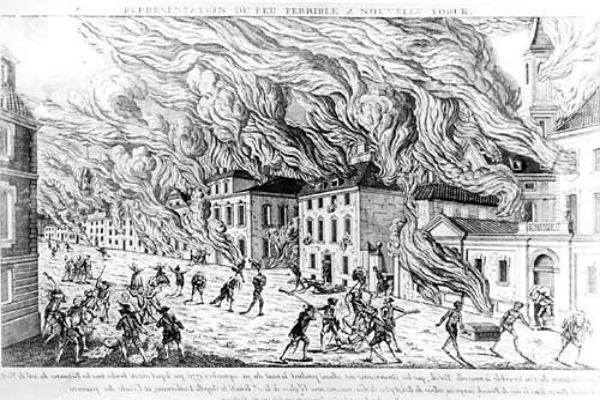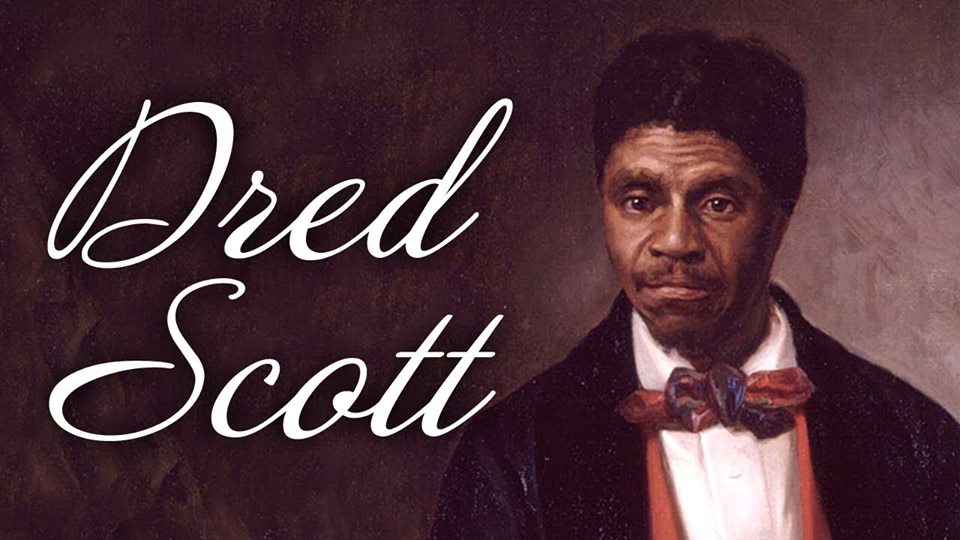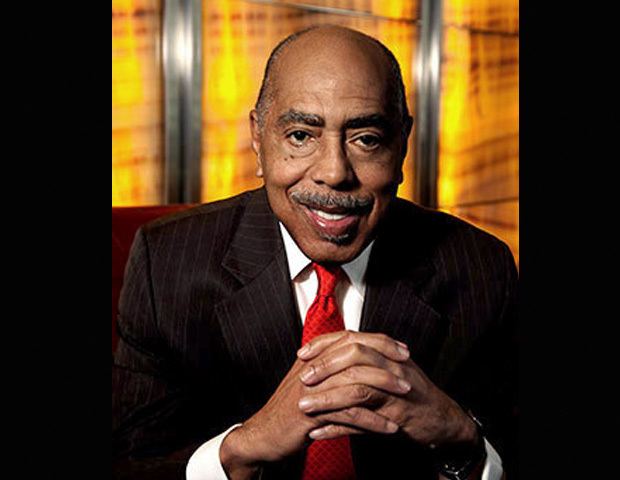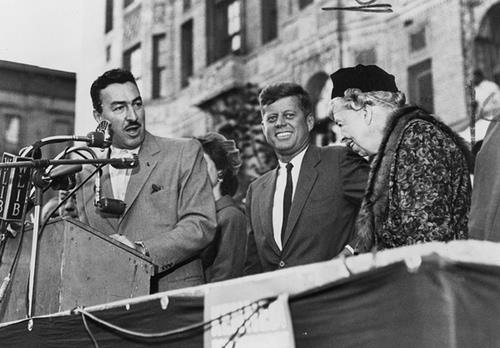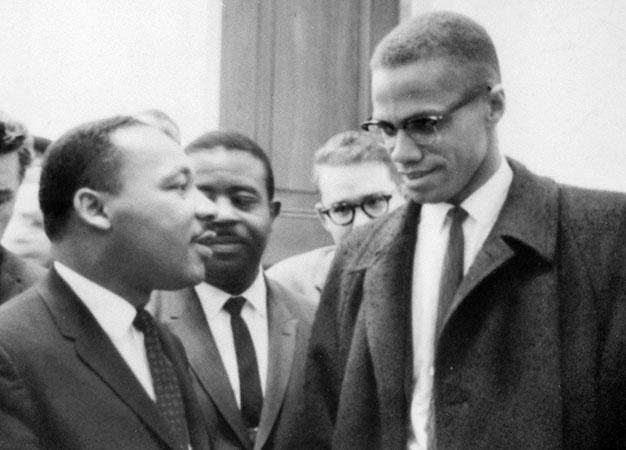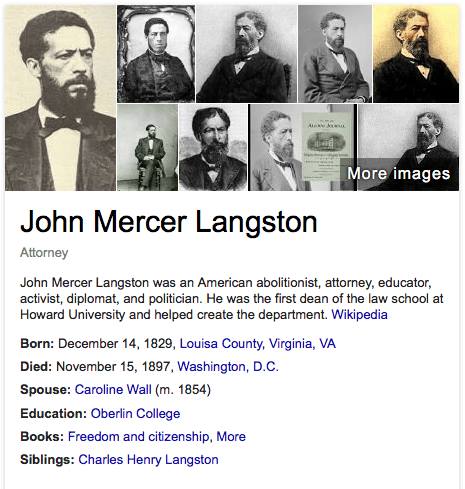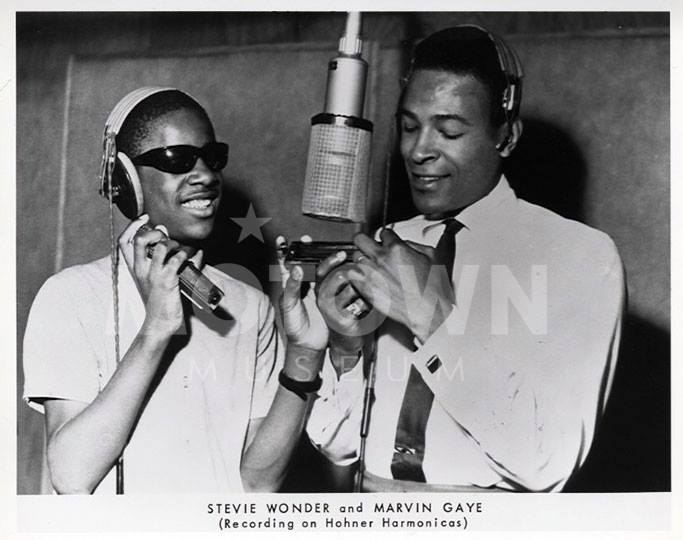GM – FBF – San Miguel de Guadalupe and Gaspar Yanga are the two largest recorded enslaved revolts by Africans in the Northern Hemisphere. (1526 & 1579) Once the Dutch lost (New Amsterdam) presant day [New York] to the English who set up the Royal African Company, a slave market near present-day Wall Street; this event became the largest revolt by African enslaved peoples to date.
Remember – “The genius of any slave system is found in the dynamics which isolate slaves from each other, obscure the reality of a common condition, and make united rebellion against the oppressor inconceivable.” – Esteban
Today in our History –
The New York Slave Revolt of 1712 was an uprising in New York City, in the British Province of New York, of 23 enslaved Africans. They killed nine whites and injured another six before they were stopped. More than three times that number of blacks, 70, were arrested and jailed. Of these, 27 were put on trial, and 21 convicted and executed.
In the early 18th century, New York City had one of the largest slave populations of any of England’s colonies. Slavery in the city differed from some of the other colonies because there were no large plantations. Slaves worked as domestic servants, artisans, dock workers and various skilled laborers. Enslaved Africans lived near each other, making communication easy. They also often worked among free blacks, a situation that did not exist on most Southern plantations. Slaves in the city could communicate and plan a conspiracy more easily than among those on plantations.
Events that presumably led to the revolt include a decrease in freedom and status when the English took over the colony in 1664. Under Dutch rule, when the city was part of New Netherland, freed slaves had certain legal rights, such as the rights to own land and to marry. After the English took over New Amsterdam and made it the colony of New York, they enacted laws that restricted the lives of enslaved peoples. A slave market was built near present-day Wall Street to accommodate the increase in slaves being imported by the Royal African Company.
By the early 1700s, about 20 percent of the population were enslaved black people. The colonial government restricted this group through several measures: requiring slaves to carry a pass if traveling more than a mile (1.6km) from home; discouraging marriage among them; prohibiting gatherings in groups of more than three persons; and requiring them to sit in separate galleries at church services.
A group of more than twenty black slaves gathered on the night of April 7, 1712, and set fire to a building on Maiden Lane near Broadway. While the white colonists tried to put out the fire, the enslaved blacks, armed with guns, hatchets, and swords, attacked the whites and then ran off, but were soon recaptured.
Colonial forces arrested seventy blacks and jailed them. Six are reported to have committed suicide. Twenty-seven were put on trial, 21 of whom were convicted and sentenced to death. Twenty were burned to death and one was executed on a breaking wheel. This was a form of punishment no longer used on whites at the time. The severity of punishment was an expression of white slaveowners’ fear of slave insurrections.
After the revolt, the city and colony passed more restrictive laws governing black and Indian slaves. Slaves were not permitted to gather in groups of more than three, they were not permitted to carry firearms, and gambling was outlawed. Crimes of property damage, rape, and conspiracy to kill qualified for the death penalty. Free blacks were still allowed to own land, however. Anthony Portuguese (alternate spelling is Portugies), owned land that makes up a portion of present-day Washington Square Park; this continued to be owned by his daughter and grandchildren.
The colony required slave owners who wanted to free their slaves to pay a tax of (200 – 900) per person, then an amount much higher than the cost of a slave. In 1715 Governor Robert Hunter argued in London before the Lords of Trade that manumission and the chance for a slave to inherit part of a master’s wealth was important to maintain in New York. He said that this was a proper reward for a slave who had helped a master earn a lifetime’s fortune, and that it could keep the slave from descending into despair. Research more about the early enslaved African people in this new world and share with your babies. Make it a champion day!

